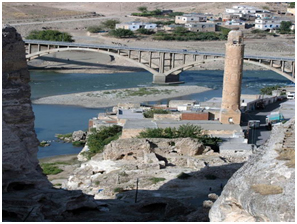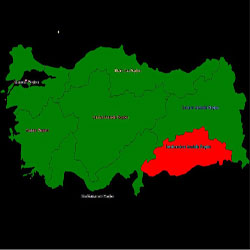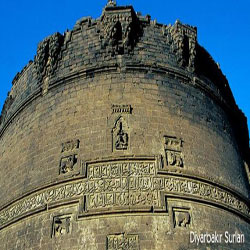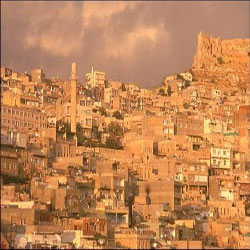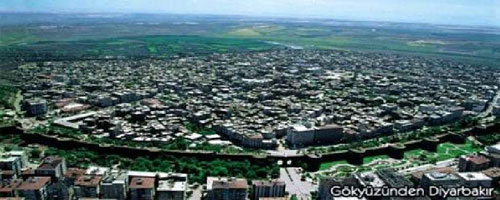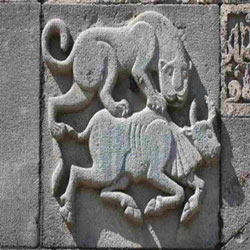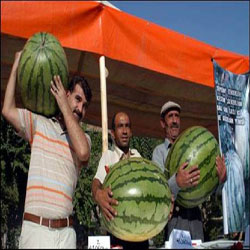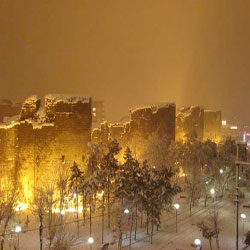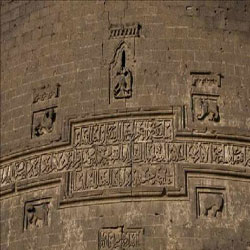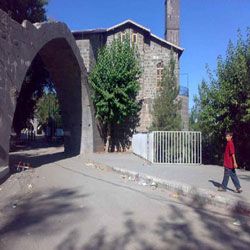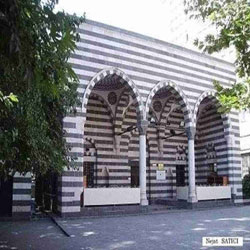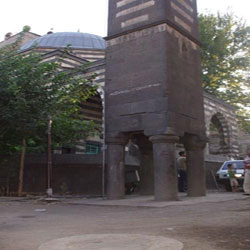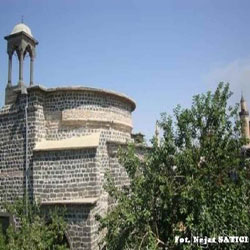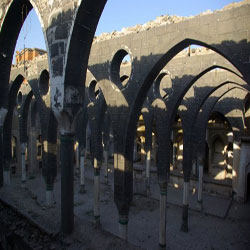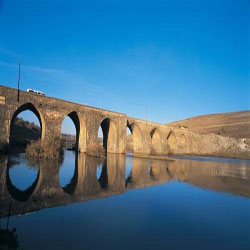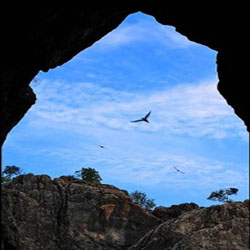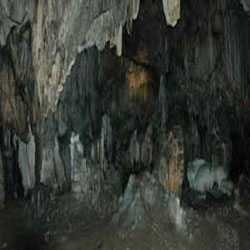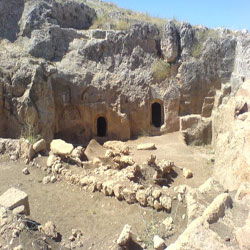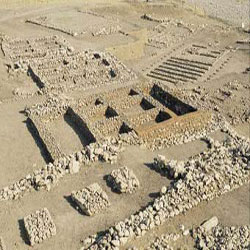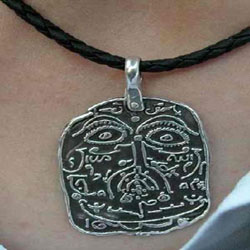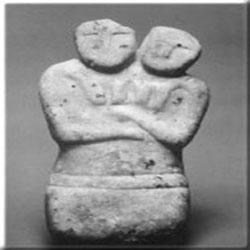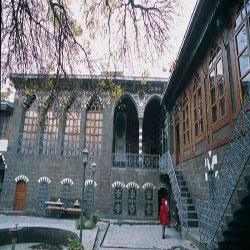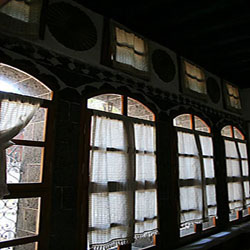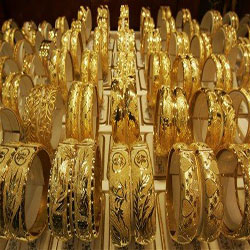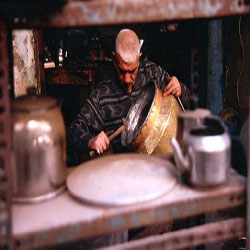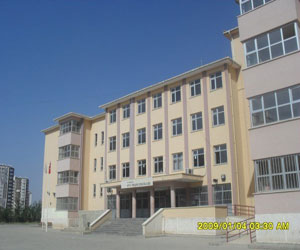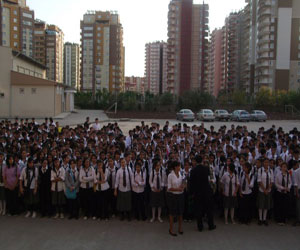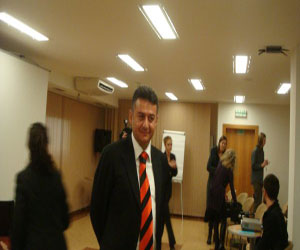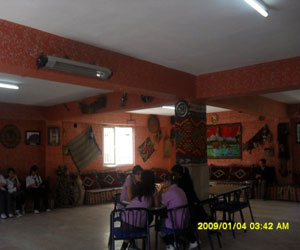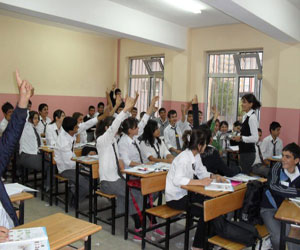| OUR COUNTRY |

|
 |
||||
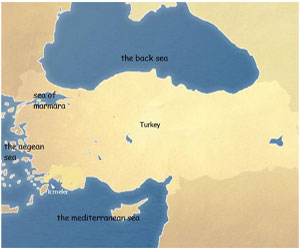 Turkey is surrounded by seas |
1. GENERAL INFORMATION - Capital: Ankara - Area: 780,580 sq km - Population: about 74 million inhabitants. - Currency: Turkish lira - Anthem: The Anthem of Independence - Motto: PEACE AT HOME, PEACE IN THE WORLD - Form of government: republican parliamentary democracy; unicameral Grand National Assembly of Turkey or Turkiye Buyuk Millet Meclisi (550 seats; the members are elected by popular vote to serve five-year terms); the president is elected by the National Assembly for a seven-year term; the prime minister and deputy prime minister are appointed by the president. - Language: Turkish - Religion: Muslim - National holiday: Anniversary of the Declaration of the Republic, October 29 (1923) |
||||
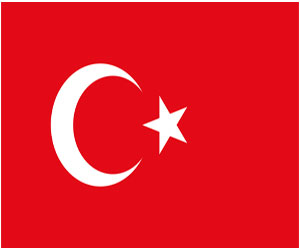 The Turkish flag |
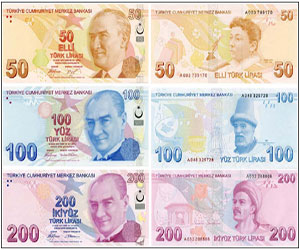 The currency of Turkey is the Turkish Lira |
||||
 Turkish coins |
The exchange rates: |
||||
3. MUSTAFA KEMAL ATATÜRK |
|||||
He is universally acknowledged as the founding father of the modern state of Turkey. He was also his country's first President. He was a visionary statesman and a military leader. His surname, Atatürk, means the ancestor of Turks. This name was given to him by the first Turkish parliament for his accomplishments and for his invaluable contributions to the birth and modernization of the Turkish Republic. |
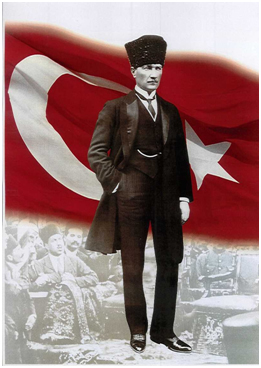 |
||||
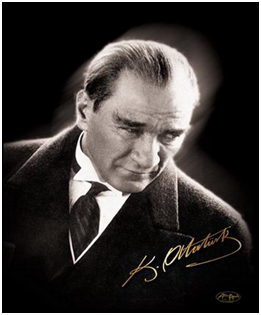 |
|||||
4. FORM OF GOVERNMENT |
|||||
 Abdullah Gül, the President |
In Turkey, we have a Parliamentary Republic. The president is elected by the National Assembly for a seven-year term. Turkey wants to join the European Union. Turkey began full membership negotiation in 2005 |
||||
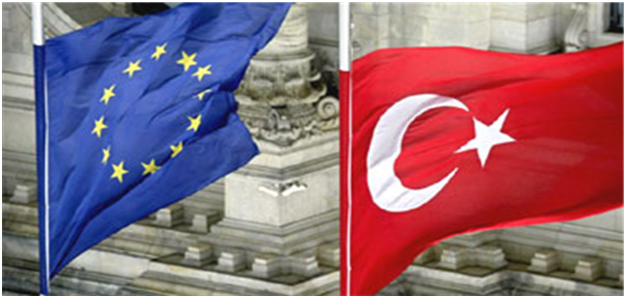 |
|||||
5. ANKARA |
|||||
Ankara is the capital city of Turkey, the country's second largest city after Istanbul. |
|||||
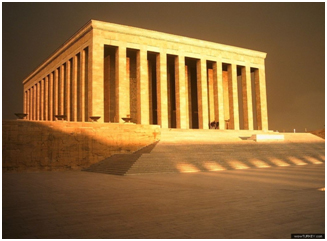 |
 |
||||
6. ISTANBUL |
|||||
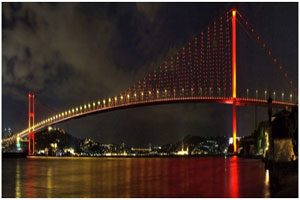 |
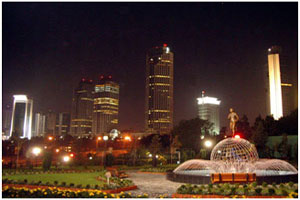 |
||||
7. ECONOMY |
|||||
In terms of agricultural lands, Turkey is also one of the largest countries in the world. Animal husbandry is an important part of Turkey's agricultural sector and economy. Its warm climate lets many kinds of food crops grow, and livestock and forestry are important industries. Turkey is one of the few countries in the world that can make enough food to feed itself. |
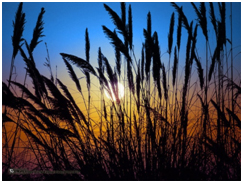 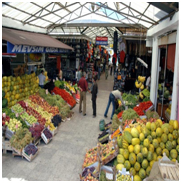 |
||||
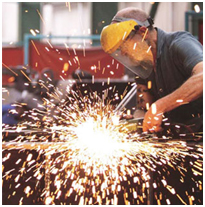 |
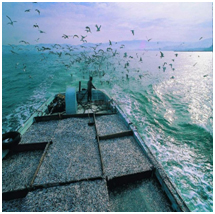 |
||||
There is a strong manufacturing sector making airplanes, electronics, cars, clothing and textiles for home and for other countries. |
Meanwhile forestry and fishing contribute a minimal amount. |
||||
8. PLACES TO SEE |
|||||
Natural beauties of Turkey Turkey is a popular place for tourists to visit. It has hundreds of kilometers of beautiful beaches on its Aegean and Mediterranean coasts, and many important historical places. |
|||||
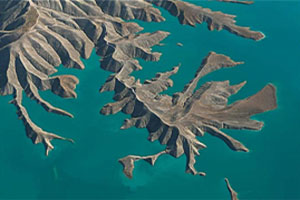
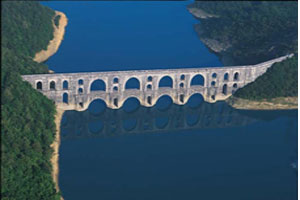 |
 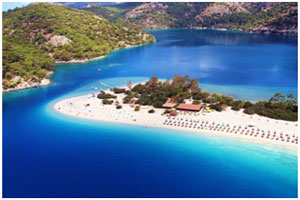 |
||||
 Mount Ağrι 5,137m |
|||||
Historical heritages |
|||||
Turkey has hosted many different civilizations.
So, there are a lot of outdoor and indoor museums. The most famous ones are: |
|||||
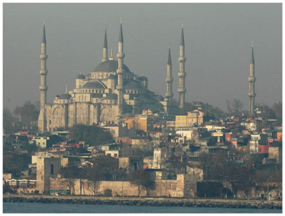  |
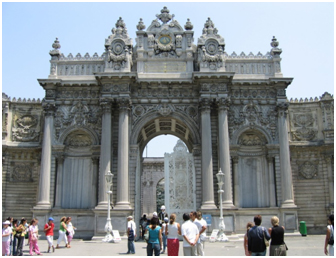  |
||||
Museums |
|||||
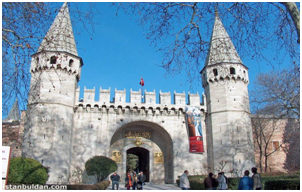 Topkapι Museum |
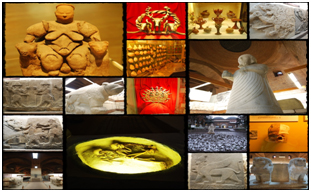 Ethnography Museum |
||||
|
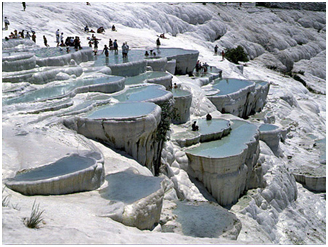 Pamukkale |
||||
 One of the seven wonders of the ancient world, Ephesus . |
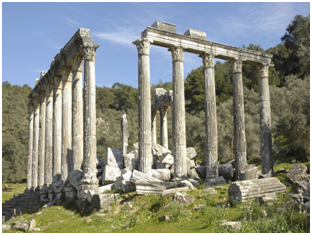 Ephesus |
||||
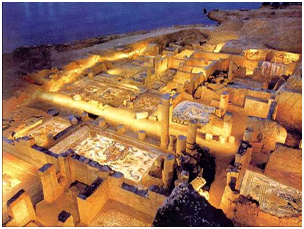 Zeugma, the secret city of history |
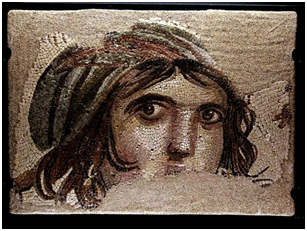 Zeugma |
||||
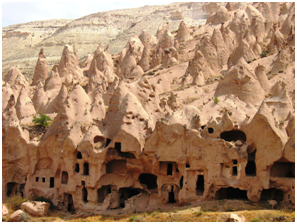 Göreme |
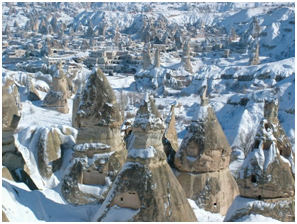 Göreme, Chimney Rocks |
||||
9. RELIGION |
|||||
Most of the population of Turkey is Muslim. The rest is composed of Christian communities. It is possible to see, the houses of worship of the three major religions side by side, which is rarely seen in any other country. |
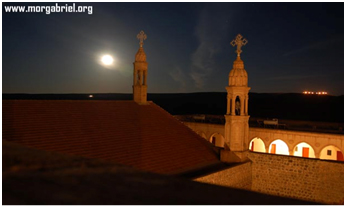 Mor Gabriel Monastery, one of the oldest monasteries in the world  The Sümela Monastery, founded in the year 386 AD |
||||
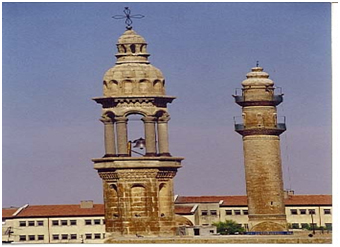 Church and Mosque side by side in Mardin |
|||||
10. SPORTS |
|||||
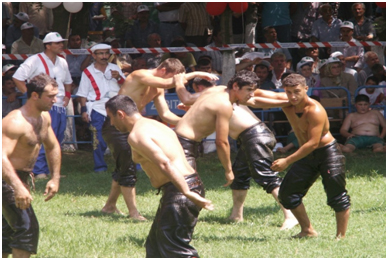 National Oil Wrestling |
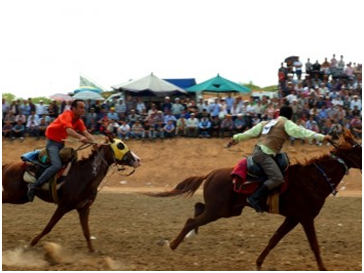 CIRIT: Jereed (cirit), a traditional Turkish equestrian sport |
||||
11. TURKISH CUISINE |
|||||
Anyone who visits Turkey or has had a meal in a Turkish home, regardless of the success of the particular cook, is sure to notice how unique the cuisine is. |
|||||
 Lahmacun (Turkish pizza) Şiş kebab 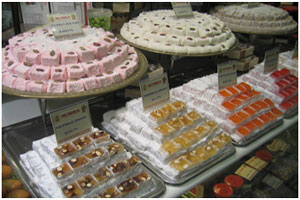 Turkish delight |
  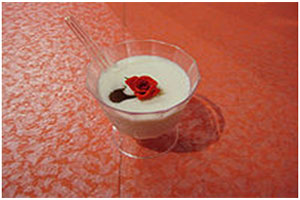 Yoghurt was first made by ancient Turks. |
||||
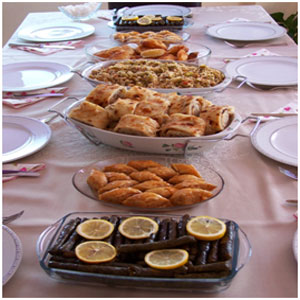 Sarma and dolma |
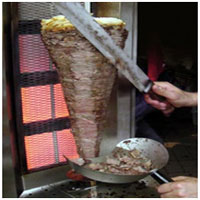 Döner kebab 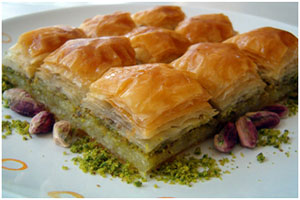 Baklava |
||||
|
|
|||||
1 . THE CITY OF STONES AND DREAMS, DIYARBAKIR
Diyarbakιr lies in Southeastern Anatolia, in the North of Mesopotamia. The city itself, Diyarbakιr, is 7,500 years old. Throughout history it has been the focus of great civilizations, of cultural and economic movements. The walls of Diyarbakιr, one of the most spectacular defense structures in the world, also give clues about the historical past of the city.
|
||||||||||||||||
2 . MESOPOTAMIA : "THE CRADLE OF CIVILIZATION" Mesopotamia (the Greek for "between the rivers") is the region where parts of Iraq, eastern Syria, and southeastern Turkey are now, between the Euphrates and the Tigris rivers. It is part of the Fertile crescent.
3 . DIYARBAKIR THROUGHOUT HISTORY Diyarbakιr has been a great place for civilizations of cultural and economical movements.
In our country all cities have something famous. This may be either fruit, vegetables, or other products/things; Diyarbakιr is famous for its Watermelon.
6 . HISTORICAL TREASURES IN DIYARBAKIR 6.1 . Diyarbakιr : Castle and Fortress The Diyarbakιr Citadel is one of the finest treasures of human history. The date when it was first built is not known.
There are four gates into the old city and 82 watch-towers on the walls, which were built in antiquity, restored and extended by the Roman emperor Constantine in 349. The first section of the castle was supposedly built by the Hurris.
In 349 during the reign of Roman Emperor Constantinus II, walls were built round the city, and the Fortress was reinforced. It is made of basalt stones. During the Artuklu, Akkoyunlu, Selçuk, Ottoman and Republican eras it was restored many times.
6.2 . Places of worship 6.2.1 . Mosques
6.2.2 . Churches
6.3 . The Tigris Bridge The Tigris Bridge is also known as the Bridge of Ten Arches and was built in 1065.
Diyarbakιr has very ancient inhabited locations.
Çayönü
7 . MUSEUMS
The Archaeology Museum
The Ziya Gökalp Museum And Cahit Sιtkι Tarancι House
Artisans form gold and silver and turn out traditional necklaces, bracelets and clogs.
Handicrafts One of the traditional handicrafts are copperware and goldsmith's trade.
|
||||||||||||||||
|
History: General Information:
Teaching Methods: Student Activity Clubs: |
